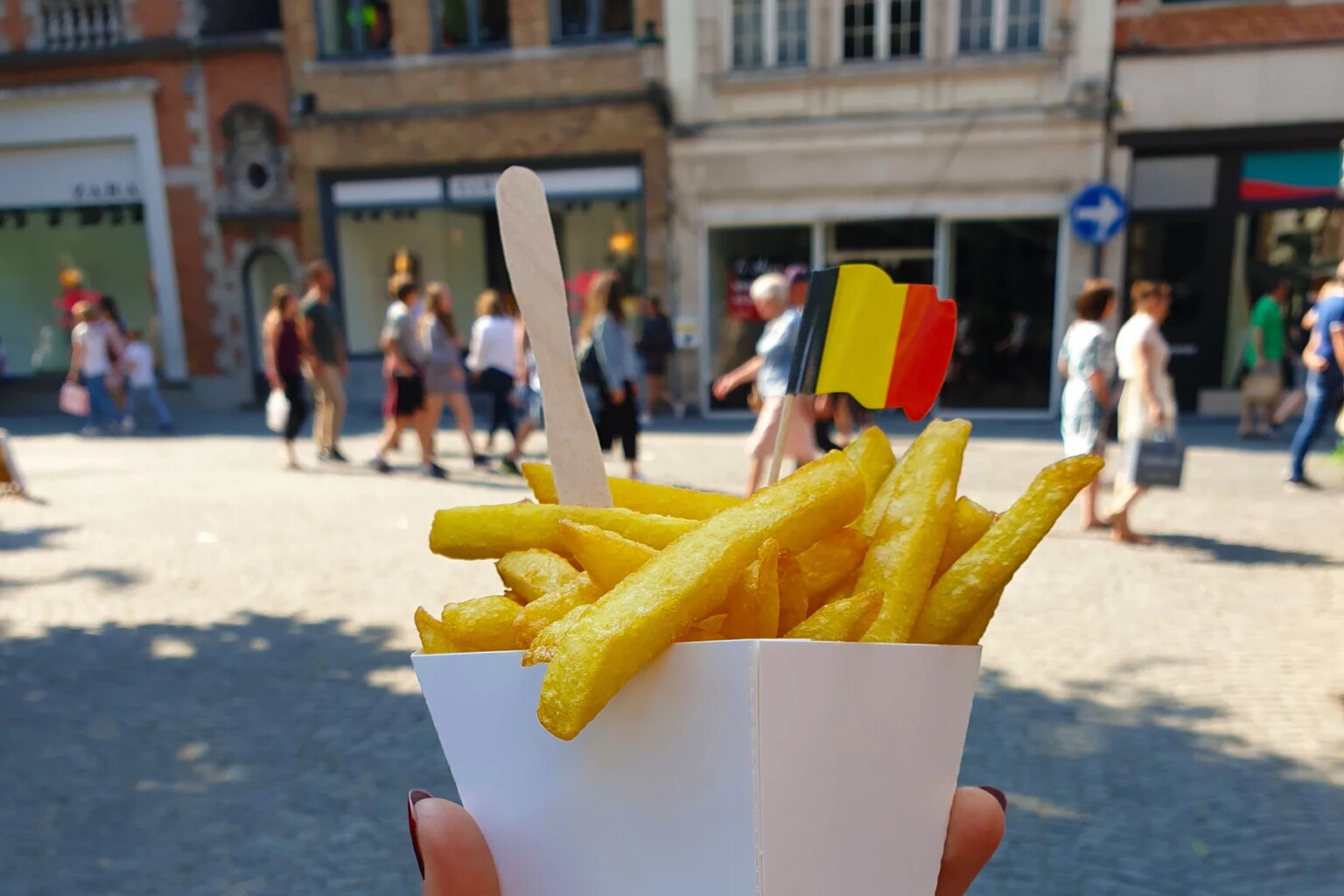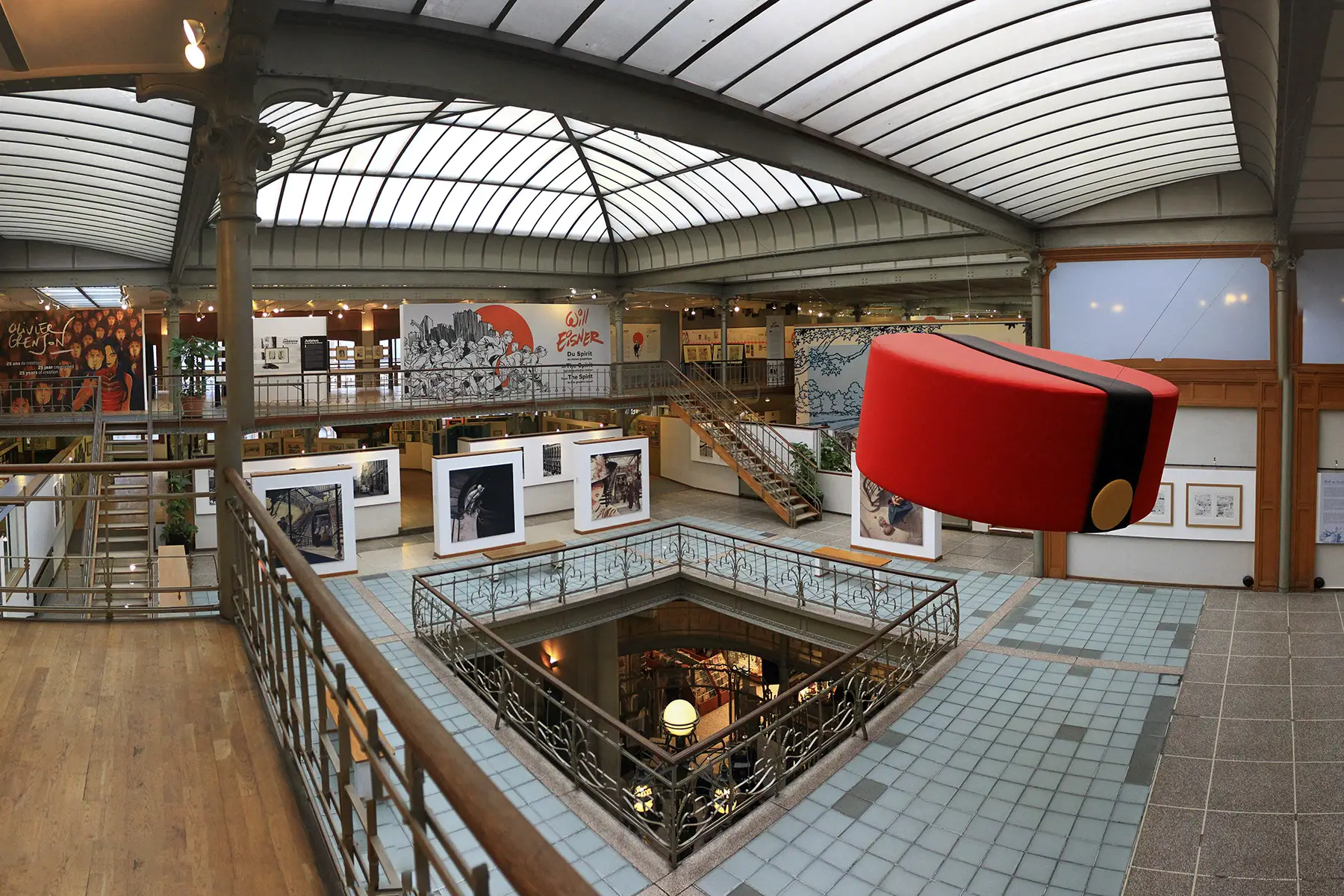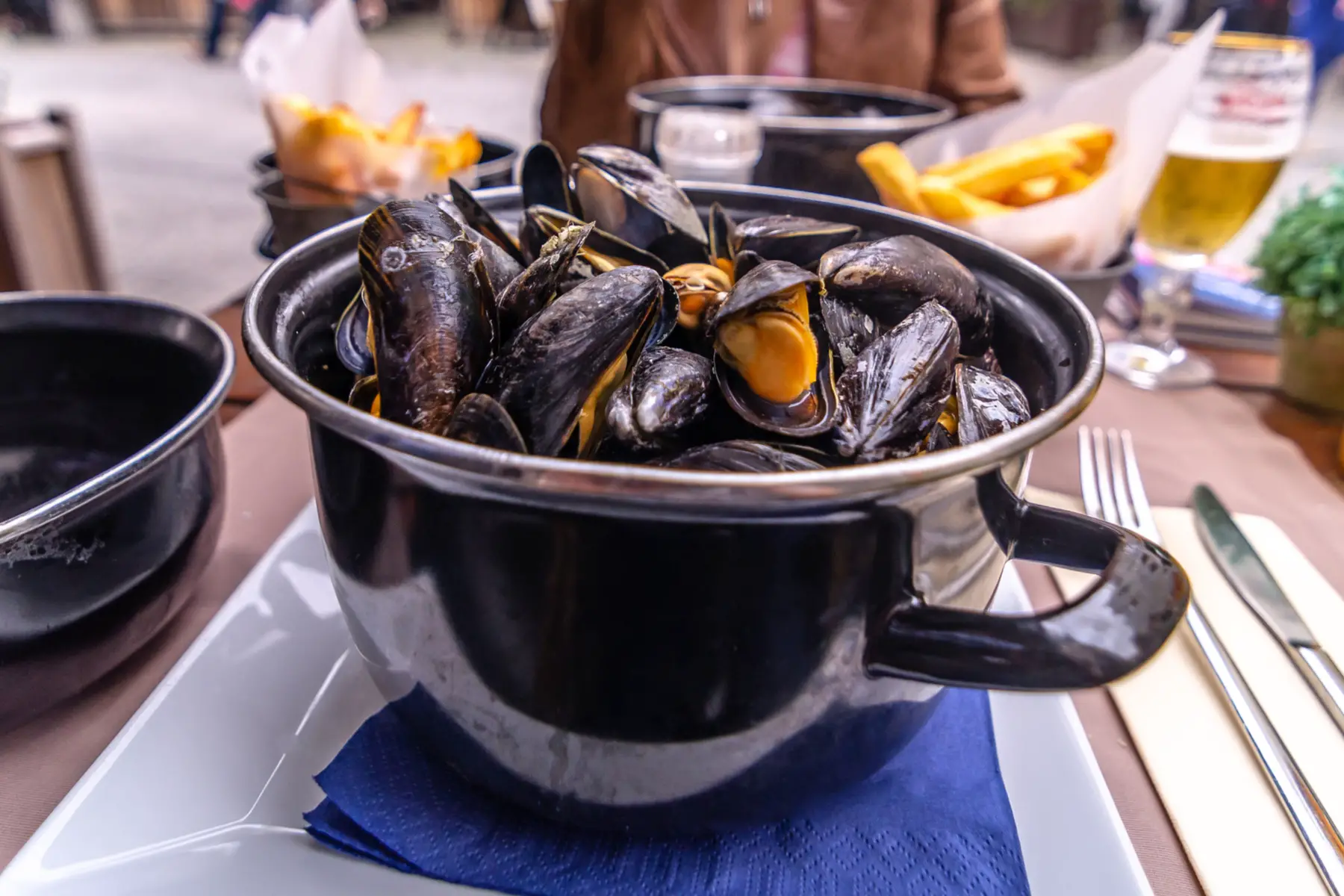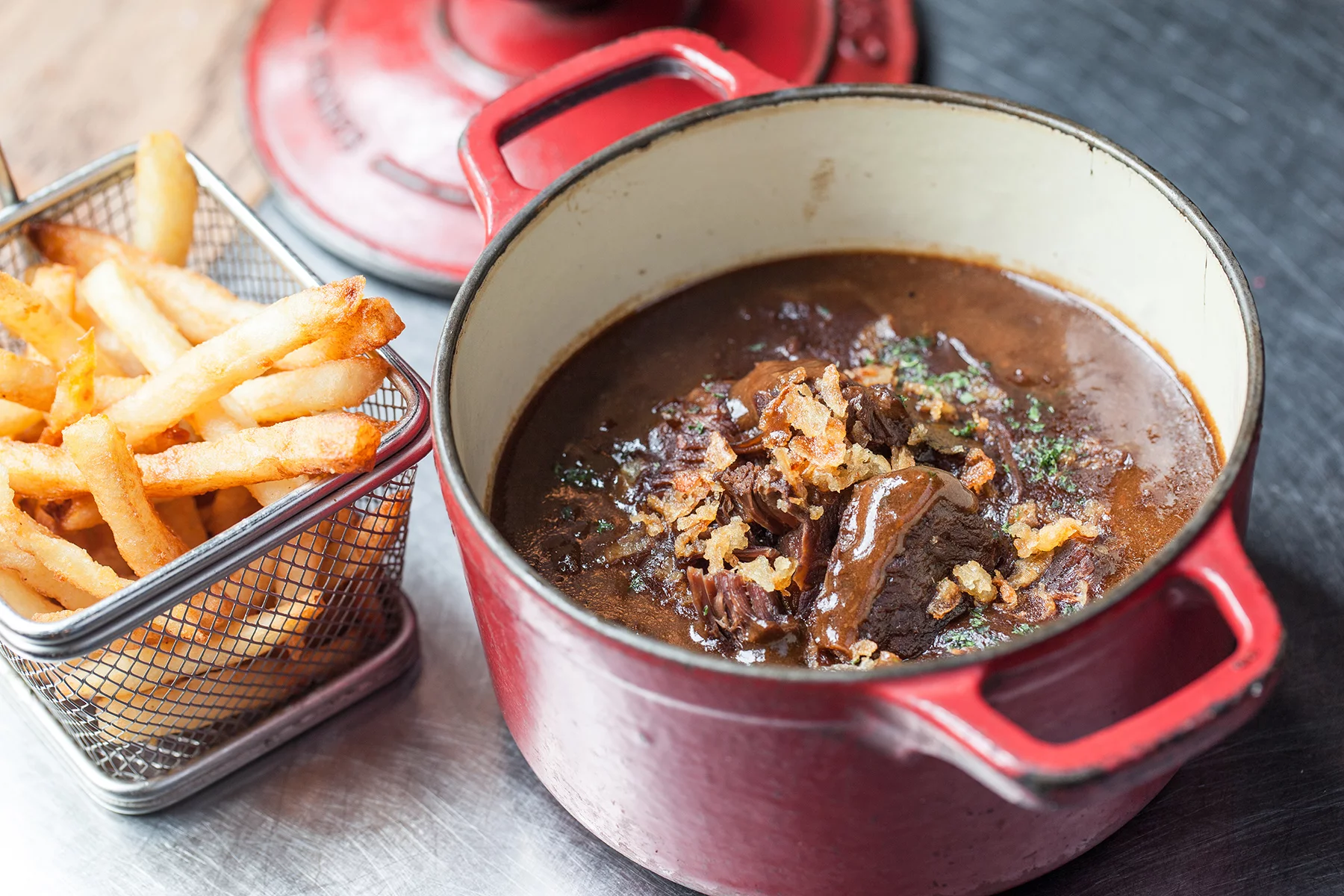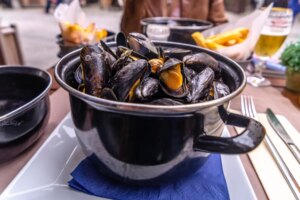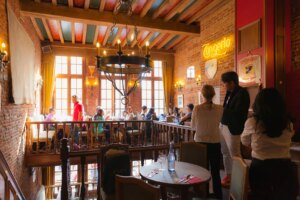Belgium is famous for its mouthwatering cuisine, which features everything from moules frites and stoemp to chocolate and, of course, waffles. However, there is one food in particular that causes quite the stir when it comes to politics – pomme frites. Believe it or not, despite being called French fries, these delicious potato fries are actually a Belgian creation.
Throughout history, many nations have claimed the hearty fry: the British when served with battered fish, the Dutch when topped with mayo, and the French when sliced so thinly that the calories don’t even count. Meanwhile, in South America, tubers (as fries are locally known) are a source of cultural pride.
But chop up those spuds, drop them in simmering oil, add a touch of salt, and you’ve got Belgian fries. So where exactly did the beloved snack originate? Well, grab your fork as we delve into the real history of hearty Belgian fries:
Marley Spoon
Looking for some mealtime inspiration beyond Belgian fries? Order a Marley Spoon recipe box today and take yourself on a culinary adventure. Marley Spoon offer a range of innovative and easy-to-make recipe boxes using the freshest seasonal produce and flavors from around the world. Take the hassle out of grocery shopping and order a recipe box from Marley Spoon today.
Where did the term ‘French fries’ come from?
Well, you will make no mistake about the origin of so-called French fries once you visit Belgium. Indeed, fries – or frites – permeate every pore of Belgian culture, from pop art and comic strips to music and advertising. Turn any corner in one of Belgium’s beautiful towns or cities, and you are sure to stumble upon a frites stall (frietkot).
In fact, the humble chip or French fry put Belgium on the map; even if they are patates kızartması in an Istanbul café, gamza teekim on the streets of Seoul, or ranskalaiset perunat on a bench in Helsinki. So why are they so often mistaken as French in origin?
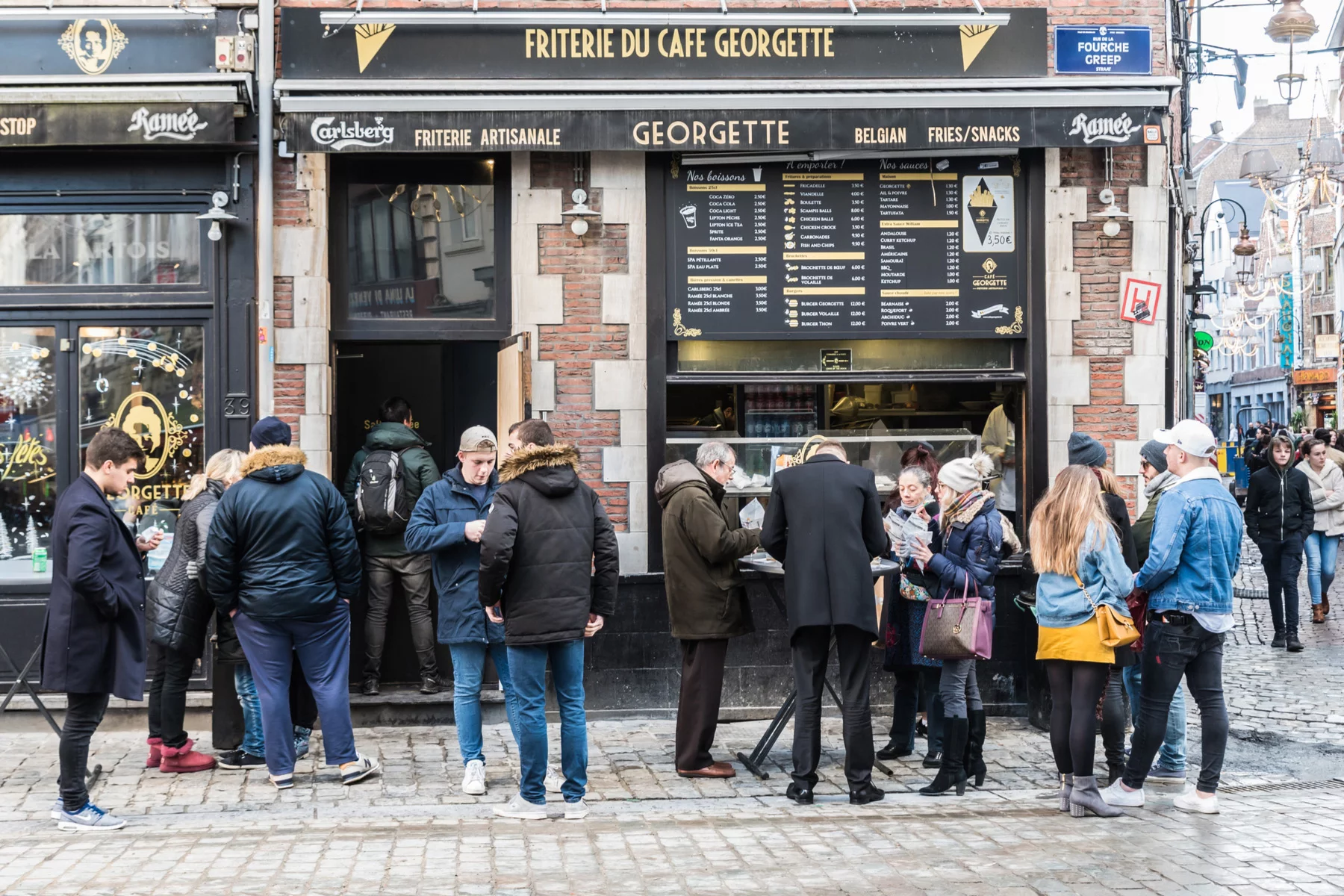
Well, the word ‘french’ became synonymous with fries due to the fact that, in old English, to ‘french’ actually meant to ‘cut lengthwise’. Hence, the French fry. You wouldn’t be the only one to mistake the origin of French fries, though. In fact, a 2003 Reuters headline read “Fry ban targets [the] wrong country” at the height of the French product boycott in the US following its stance against the war in Iraq.
The history of Belgian fries
What we recognize today as Belgian frites or friets is thought to come from the region of Meuse in 1680. The poor inhabitants of the Meuse Valley area subsisted mainly on fish. But when the river froze in 1680, potatoes were cut into the shape of fish, fried, and used as a substitute for their main staple.
The Belgian tourism board claims that Belgian fries – les frites – were incorrectly named ‘French fries’ by American servicemen when they came to Belgium at the end of WWI. The French fry’s mislabeling was reportedly the result of the French language spoken in Wallonia.
There has been much disagreement over the origin of frites as the region lies in the heart of French-speaking Wallonia, forcing Flanders to desperately seek a Flemish origin to the food. However, as in most countries, food can define culture, and frites are generally a unifying force and thoroughly Belgian.
French fries (or rather Belgian fries) arrived in the US in the late 1700s. President Thomas Jefferson brought the method back to the colonies. In the UK, the first chip materialized much later in the 1870s. It made its debut appearance at Dundee Market where it was traded by a Belgian immigrant named Edward De Gernier.
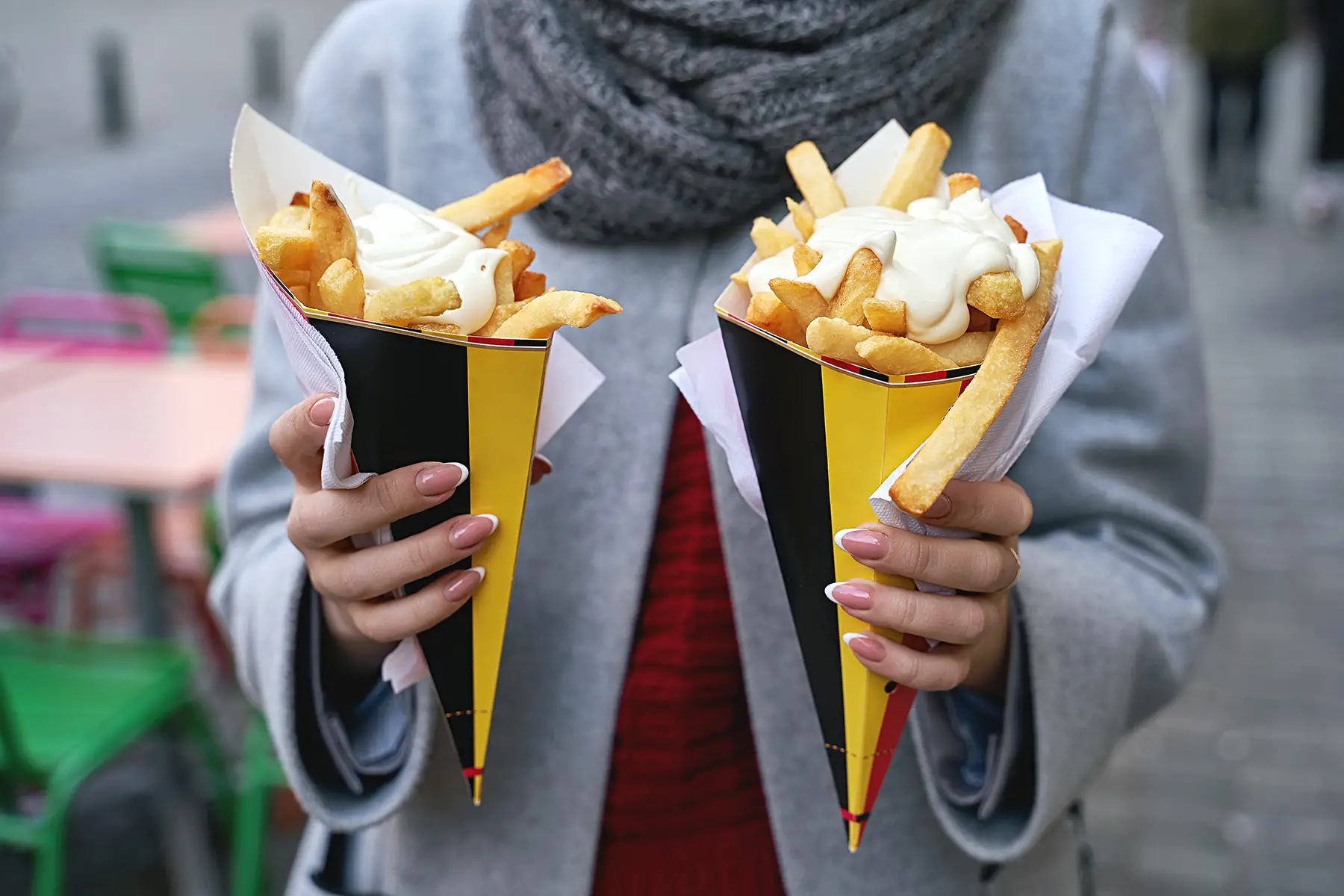
As for the frites add-on essential, mayonnaise, its origin is cloudy. One theory connects it to the harbor town of Mahón; the capital of the Spanish island of Menorca which was liberated from the English by French clergyman and statesman, Cardinal Richelieux. The towns of Bayonne and Mayon, however, also claim it as their own.
So much more than just a snack
Frites have essentially become far more than just a snack in Belgium – and beyond. They are a national Belgian symbol and an essential part of the country’s rich culture and history. Sold out of caravans, shacks, and chalets across the country, they are fried twice and typically served with a dash of salt, a glob of mayonnaise, and a little plastic fork.
In the pages of his Het Belgisch Frietenbook, Paul Ilegems, curator of the Belgium Chip Museum in Frietkot Max in Antwerp, even asks “What would Belgium be without chips?” “Just a grayish zone, an insignificant stain on the globe, deprived of any personality.”
It might sound a little harsh, but it’s clear that frites are serious business in Belgium. “The chip is essentially a culture, social strata, and gender bridge: soul food,” Ilegems continues. “Belgium is beer, cartoons, mussels, chips, and the Royal family,” one frietkot owner also sums up.
And there are many levels of Belgian chip-eatery, too. Indeed, not all of them come in a greasy counter in an off-white paper cone by a burley chip-van owner in Anderlecht. Walk into any nice restaurant, for instance, and you will find Carbonades Flamande with Belgian frites on the menu.
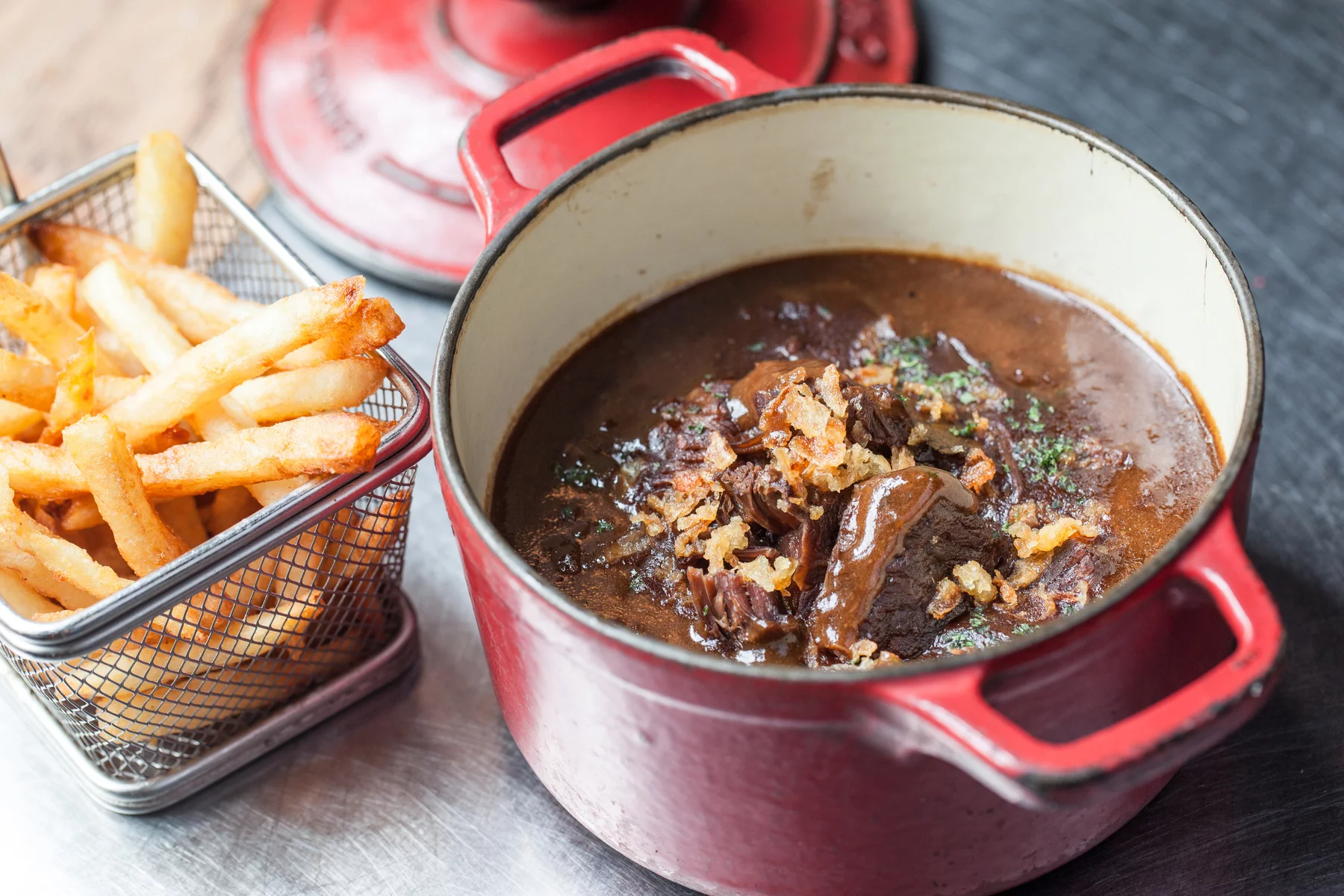
Indeed, fries have come a long way since their fishy origins and have mutated to fit each culture that has adopted them – newspaper-stained and doused in salt and vinegar in Birmingham, or cooked in peanut oil and served in a basket of palm leaves in Borneo, to name a few. But they remain Belgian through and through.
Although the US didn’t know it, they were killing two birds with one stone when they boycotted French fries; they made a point to the French and rejected a Belgian product at the same time. Who would have guessed the political power of potatoes?
The secret to making the perfect Belgian fries?
The secret to making the perfect fries is very simple – Belgian fries are double-fried. First, they are cooked, then left to cool down, and finally, just before serving, they are fried again to make them crispy and golden brown. The result is golden perfect Belgian fries that have a soft and fluffy inside and a crispy exterior. The Belgian Tourism Board also recommends that the first fry should be at 150°C and the second at 175°C.
Of course, the correct type of potatoes is also very important, as is the choice of frying oil. The best potatoes for making Belgian fries are fresh and never frozen:
- They should have a medium-firm consistency that is not too firm nor too soft
- In the best Belgian fries recipe, the frites are cut rectangular around 1cm square
- Belgian fries should always be fried in animal fat – historically, people in Belgium used a mixture of horse and ox fat. However, these days, most shops use a mix of ox fat and vegetable oil.
Adding the perfect sauce
Once your frites are cooked to golden perfection, all you have to do is choose your favorite topping, or one of the specialty frites sauces in Belgium, and dig in. Here are some of the popular options on offer:
- Mayonnaise, curry mayonnaise, curry ketchup
- Andalouse sauce – a mix of peppers, mayonnaise, tomato paste, and pickles
- Samurai sauce – mayonnaise with Tunisian chili, spices, tomatoes, and bell peppers
- Pickel sauce – a yellow, vinegar-based sauce with turmeric, mustard, and chunks of crunchy vegetable
- Sauce americaine – mayonnaise with tomato, chervil (French parsley), onions, capers, seafood stock, and celery
- Sauce riche – a pink, tartar-based sauce
- Fromage – cheese
Want to make your own delicious Belgian fries? Then try one of these simple recipes:
- BBC Good Food – cook up delicious proper Belgian fries made from scratch
- All Recipes – whip up some tasty Flemish fries with Andalouse sauce
- Savisto Home – follow this fun video recipe to fry up a treat
